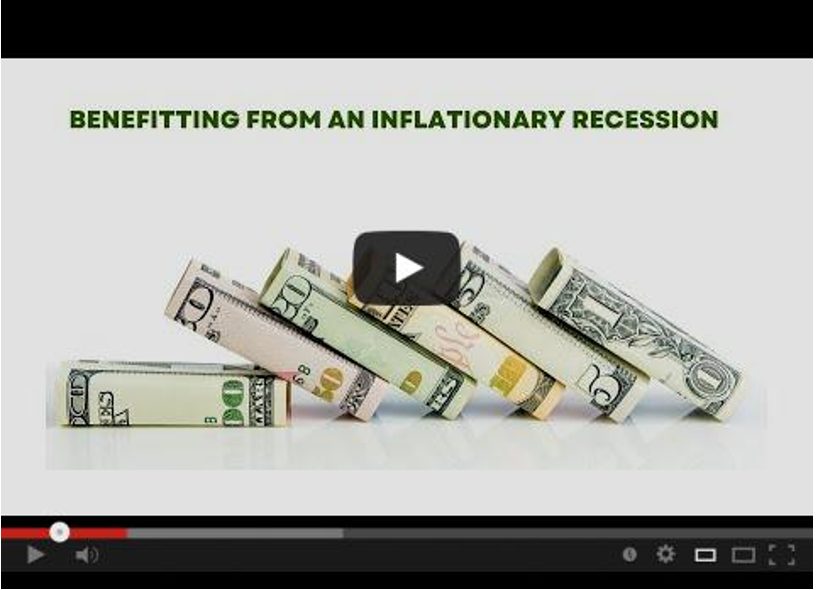Changing Definitions in Today’s World
Over the weekend my wife and I were having a discussion with our son Jack about terms he uses when playing video games. He mentioned some of the things he does in the games and the terms that describe them. I noted that in real life some of these things have other meanings and many times not so wholesome meanings. He thought I was just old fashioned and said that online, these terms mean something completely different. But I’m not so sure.
It seems many things have lost their original meanings over time. Originally a “bully” was meant to describe a sweetheart and originated from the Dutch word boel, meaning “lover”. Today it describes a cruel and overbearing person. Today “nice” describes someone who is kind and good, while originally it described a reckless, foolish person. Today a “bachelor” describes a young man who has yet to get married while originally it described a knight of the lowest rank.
In the times we are in, it seems the difficulty of defining things has become more and more difficult. For many years the data used to define the rate of inflation was fixed. This changed in the 1980s and 1990s. Today different goods and services are “substituted” for others in the inflation basket to show a lower inflation rate than in days past. Below is a chart from Shadowstats.com which shows the current rate of inflation and what it would be if it was still calculated the same way it used to be during the Nixon and Carter administrations.
What is a Recession?
In the United States the official Wikipedia definition of “Recession” used to be “Two or more consecutive quarters of negative real GDP growth”, meaning that if the gross domestic product adjusted for inflation was down over two or more quarters, then we were in a recession. We could still see increasing earnings and increasing output but if inflation exceeded the growth, that constituted a “Real Recession”.
More recently the definition of recession seems to have changed. According to Wikipedia, in the United States a recession is now defined by the National Bureau of Economic Research (NBER) as “a significant decline in economic activity spread across the market, lasting more than a few months, normally visible in real GDP, real income, employment, industrial production and wholesale retail sales.” Can anyone tell us what this means? How do we now measure if we are in a recession? In essence, there is no standard measurable definition of a recession anymore, and it is up to the Bureau to tell us that we are in one, I guess.
The European Union definition is easier to quantify as “zero or negative growth of GDP in at least two successive quarters”. The United Kingdom definition is “negative economic growth for two consecutive quarters”. Both of these definitions note that this is after inflation as well.
These changing definitions do not change the fact that we have experienced two successive quarters of negative real GDP growth. Whether it is called a recession or referred to by some other name, we are still in the same situation with the economy. By the time the committee of experts at the National Bureau of Economic Research “designates” a period as a recession, we may already be several months past the worst of it and already in a recovery. That does not help us prepare or profit from what is happening, however.
Some may say that we are currently in a mild recession because the economy is still growing at a decent pace, albeit less than inflation. In times like these, we want to look at the types of things that we can invest in that are going to benefit from the inflation. Commodities including energy, agriculture, precious metals and all sorts of scarce assets typically do well in an inflationary environment. Through the first half of the year, these types of investments significantly outpaced all other types of assets earning over 18% while most everything else lost value. (see chart below)
When we have inflation like we have now, the periods typically last longer than weeks to months. Coming out of the roaring 20s, our country experienced inflationary pressures for close to two decades where commodities fared better than equities. The seventies were similar starting when Nixon took us off the gold standard and ending when Volker raised rates aggressively to finally kill the rampant price increases. The 2000s inflation ended with the collapse of real estate prices and a financial crisis which proved to be the worst recession since the 30s. Many feel that the current inflation we are in may not end until we enter a more severe recession possibly threatening something even worse than 2008.
Commodities, fixed income and real estate performed well during the inflationary 2000s. Interest rates were falling during most of this time period, allowing bonds to shine and real estate to be more affordable as time progressed. During the first half of 2022, the narrative has been markedly different in this regard but may shift before the end of the year.
During the second half of the 2000s, smaller companies fared better than larger companies and foreign holdings appreciated more than U.S. holdings. When the dollar finally peaks versus the Euro and other currencies, we expect much of the same in the years to come.
Coming out of the 1990s, large companies in the U.S. provided better returns than most anything else with technology stocks giving the fattest returns. The last decade has provided us a similar narrative.
Will the next decade shape up like the 2000s?
Today’s markets and economies show many similarities with the 2000s coming out of a period of high growth, U.S. and technology company outperformance, stimulation from the Federal Reserve and relaxation of regulations.
Today’s markets also show many similarities to the 1970s with exceedingly high inflation, skyrocketing energy prices, interest rates more than doubling in a year, supply issues and increased regulation.
We are also witnessing many similarities to the mid-1940s with all-time highs in Government debt and persistently low unemployment.
What is consistent across all these three periods is that inflation lasted longer than what many people currently expect, and scarce assets did well. Commodities should continue to shine in an inflationary environment. Real estate and blockchain investments may shine, but only after the Fed is done tightening. Fixed Income may also find its place in the sun, but only after yields have peaked and recessionary concerns grow more pervasive than inflationary concerns.
Timing the Market is Extremely Difficult
In looking at these charts, it would be amazing to be able to move to commodities in March of 2000, shift to bonds for most of 2001, shift back to commodities in 2003, shift more to real estate and emerging markets after this and get back into bonds at some point in 2008 after yields had peaked. We do not pretend to be able to accurately determine when the exact highs and lows will be for bonds or equities. We can however get a feel for this based upon past history and make sure we are diversified to help protect portfolios during these downturns. Over the last few months, we have held a higher exposure to commodities and energy stocks and have been underweight bonds as we had grown concerned about sticky inflation and aggressive Federal Reserve tightening. We maintained diversified portfolios throughout this nasty period. In retrospect it would have been more profitable if we had shifted 100% to commodities for most of the last year. Currently we feel it may be a good idea to eventually start increasing bond exposures as inflation fears are starting to give way to recession concerns.
Why Aren’t Banks and Money Markets Paying Better Yields?
With treasury yields at multi-year highs, you might expect banks and money markets to be paying better than they are currently. Banks and brokerage firms like to make a profit, and many will keep these rates low for as long as possible to maximize these profits. There are a few banks and money markets that are paying better yields in this environment, however. We have been able to partner with some of these banks through our association with TD Ameritrade as they compete for deposits. Rates are rapidly approaching 2% on FDIC insured savings accounts and we are able to get automatic optimization of yields on a monthly basis through our Cash-Max program.
If you are tired of “Lazy” dollars laying around in money markets and savings accounts and want to learn more, feel free to watch the video above or reach out to us and we can help.













